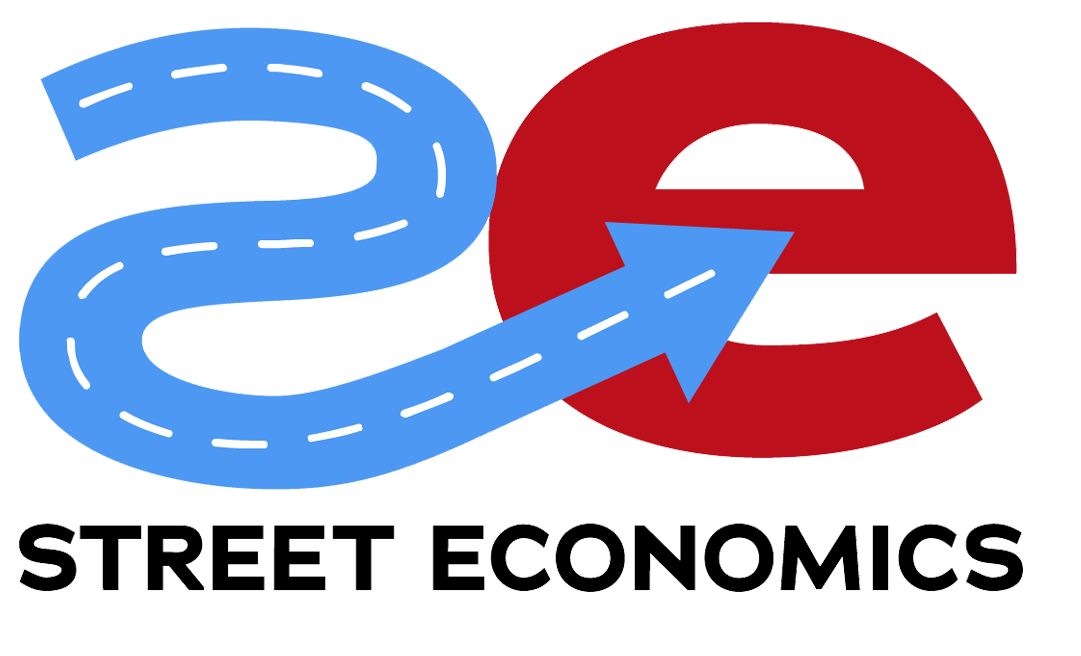As part of our From Ivory Towers to Main Streets series, we continue to explore how well-intentioned but disconnected national trends often miss the mark for real people in real communities. Mike Rowe, host of “Dirty Jobs” and “Somebody’s Gotta Do It,” recently weighed in on one such issue: the widening skills gap in the American workforce, exacerbated by what he calls society’s “harebrained” decisions to push college at any cost and pull shop class from schools. With nearly 10 million jobs still vacant across the country – many of them in essential trades – Rowe’s analysis couldn’t be more relevant to today’s economic challenges.
At Street Economics by BusinessFlare, we know firsthand that this issue doesn’t just affect large, blue-collar industries. The skills gap hits at the heart of local economies, where small businesses and local entrepreneurs once thrived. These are the people who build the plumbing companies, run the auto repair shops, or manage the local electrical services that a community depends on. Many of these essential workers did not need a four-year degree to start their businesses or make a lasting impact on their community. But today, we are seeing fewer and fewer people entering these critical fields. The result? Local economies suffer, and so do the communities that rely on them.
The Broken Pipeline: Why Local Communities Are Struggling
The problem begins early. Over the past several decades, America has funneled most students into a singular path: college. High schools have eliminated shop classes, which used to provide hands-on training and introduce students to lucrative, skilled trades. Instead, the narrative has become: go to college, or you won’t succeed. This has left a gaping hole in the workforce, especially in industries like construction, manufacturing, and skilled trades, which depend on a steady supply of trained workers. According to McKinsey, 74% of American 18- to 20-year-olds feel there is a stigma attached to vocational school, and 79% said their parents encouraged them to pursue college over alternative paths.
Meanwhile, businesses in “blue-collar” industries report even greater difficulties in recruiting workers than their white-collar counterparts. Without a shift in how we think about education and workforce development, this gap will continue to grow, leaving key industries unable to meet demand. And this doesn’t just affect big cities or industrial hubs; small towns and local communities are hit hardest.
The Heart of a Community: Entrepreneurs Without Degrees
Communities are built on the backs of entrepreneurs and small business owners who invest their skills, time, and sweat into creating something lasting. These are often individuals who didn’t follow the college path but instead pursued vocational training or started working immediately after high school. They took their skills and built businesses that became cornerstones of the local economy. Think of the local butcher, the plumber who everyone in town knows by name, or the mechanic shop that has been around for generations. These businesses are not just economic engines; they are deeply embedded in the social fabric of the community. They sponsor the little league teams, donate to local charities, and create jobs for others in the neighborhood.
But as society continues to emphasize college as the only path to success, we are losing these vital connections. Communities are being drained of the people and businesses that once made them vibrant and self-sustaining. The focus on pushing everyone into a white-collar career, often at the expense of student loan debt and without a guaranteed job, ignores the practical realities of many communities where these skilled trades are essential. It also ignores the reality that small business owners and tradespeople contribute to a thriving local economy without ever needing a traditional degree.
The Disconnect Between Workforce Needs and Educational Priorities
Mike Rowe’s critique that pushing students toward expensive college degrees, regardless of their interests or community needs, has led to a skills gap is spot-on. The result is not just a shortage of workers in key industries but also a generation of students burdened by crippling debt. Today’s cost of college has skyrocketed – Rowe points out that in 1984, two years of community college and two years at a university cost him just over $12,000. Today, that same education would cost $95,000. Yet, society continues to push young people into this model, even when many would be better suited to alternative career paths that don’t come with the same financial burdens. For myself, I finished university after leaving the Army without even needing to access all of my G.I. Bill and Army College Fund, which is impossible today.
This misalignment of workforce needs and educational priorities doesn’t just impact individuals. It weakens the economic backbone of communities, especially smaller cities and towns that rely on local businesses and skilled workers to stay afloat. A vibrant local economy depends on having a diverse workforce that includes entrepreneurs, tradespeople, and small business owners who can deliver the services residents need. But right now, too many communities are losing out because the pipeline of skilled workers has been disrupted by misguided educational policies.
What Needs to Change
At Street Economics, we believe that real economic development requires practical, hands-on solutions that address the specific needs of each community. For many cities and towns, this means rethinking how we prepare the next generation for the workforce. It’s time to reintroduce vocational training, expand apprenticeships, and celebrate skilled trades as vital and respected professions. High schools and community colleges should focus not only on academic paths but also on providing students with the option to pursue careers in fields that will actually be in demand in their own communities.
Local governments and economic development agencies also have a role to play. By working with businesses to create workforce development programs that meet the needs of local industries, cities can ensure that they are not just attracting new businesses but helping the ones they already have grow and thrive. Apprenticeship programs, for example, can connect young people with experienced tradespeople who can teach them the skills they need to succeed. These are the kinds of real-world, practical solutions that drive sustainable economic development.
Conclusion
America’s vacant jobs and the widening skills gap are symptoms of a larger problem: a society that has lost touch with the practical realities of local economies. Mike Rowe’s critique highlights the importance of bringing common sense back into workforce development. The jobs we need to fill aren’t just about data or algorithms—they are about people, communities, and the skilled trades that keep our cities and towns functioning.
At Street Economics by BusinessFlare, we believe that economic development isn’t about creating generic solutions for everyone; it’s about listening to the needs of local communities and creating pathways to success that work for real people. It’s time to reconnect with the small business owners and entrepreneurs who have always been the heart of our cities. By focusing on hands-on solutions, vocational training, and sustainable workforce development, we can help close the skills gap and revitalize local economies for the future.



Comments are closed